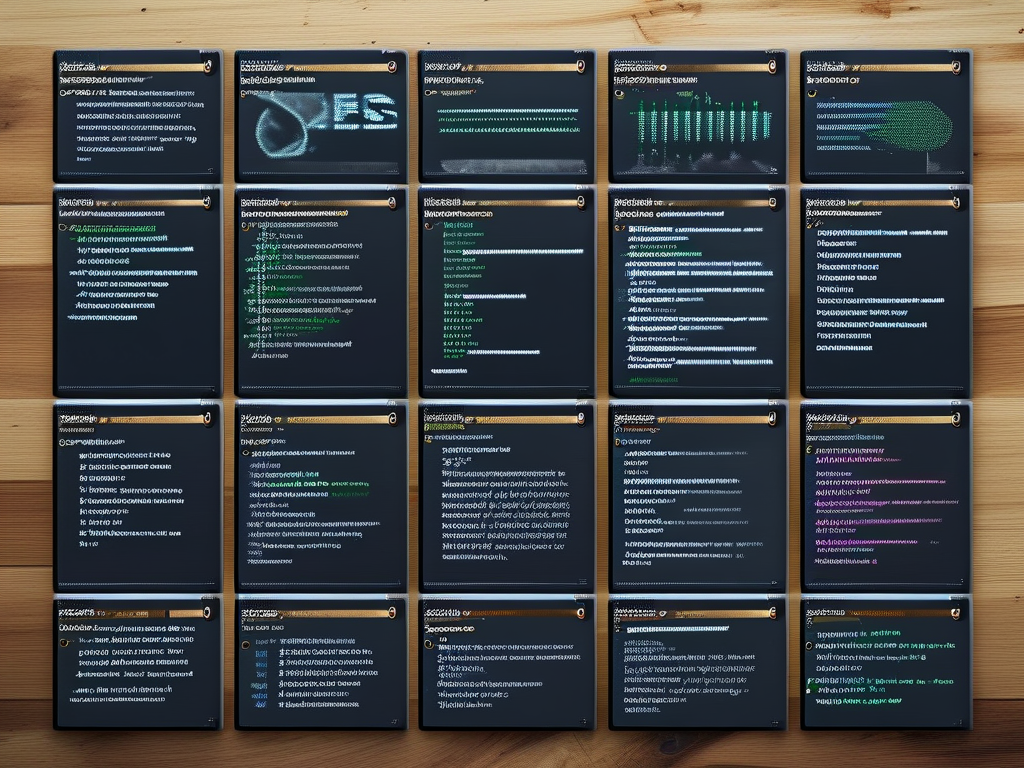Blockchain technology relies on cryptographic principles to ensure data integrity, security, and trustlessness across decentralized networks. At its core, encryption algorithms play a pivotal role in securing transactions, validating identities, and maintaining consensus. This article explores the key cryptographic methods widely adopted in blockchain systems and their practical applications.
1. SHA-256: The Backbone of Data Integrity
Secure Hash Algorithm 256-bit (SHA-256) is a cryptographic hash function integral to Bitcoin and many other blockchains. It converts input data into a fixed-length 256-bit hash, ensuring immutability. For example, each block in Bitcoin’s blockchain contains a SHA-256 hash of the previous block’s header, creating an unbreakable chain. Even a minor change in input data—such as altering a single transaction detail—results in a completely different hash output, making tampering evident.
A simplified code snippet demonstrates SHA-256 hashing in Python:

import hashlib data = "Blockchain Data".encode() hash_result = hashlib.sha256(data).hexdigest() print(hash_result) # Outputs a 64-character hexadecimal string
2. Elliptic Curve Digital Signature Algorithm (ECDSA)
ECDSA provides a mechanism for generating and verifying digital signatures, crucial for authenticating transactions. Unlike RSA, ECDSA offers equivalent security with smaller key sizes (e.g., a 256-bit ECDSA key vs. a 3072-bit RSA key), making it efficient for blockchain networks. In Ethereum, ECDSA ensures that only the owner of a private key can initiate transactions from their wallet. The algorithm involves complex mathematical operations on elliptic curves, where a private key generates a public key, and signatures are created without exposing the private key itself.
3. RSA Encryption: A Legacy Method with Niche Use Cases
While less common in modern blockchains due to its computational intensity, RSA (Rivest-Shamir-Adleman) remains relevant in hybrid systems. It uses a pair of public and private keys for encryption/decryption and is employed in permissioned blockchains for secure communication between nodes. For instance, Hyperledger Fabric occasionally integrates RSA to encrypt sensitive data exchanged within channels. However, its longer key requirements (typically 2048+ bits) make it less scalable compared to ECDSA.
4. Zero-Knowledge Proofs (ZKPs): Privacy Enhancements
Zero-knowledge proofs, such as zk-SNARKs (used by Zcash), enable transaction validation without revealing sensitive details. This algorithm allows a prover to confirm the validity of a statement (e.g., “I have sufficient funds”) to a verifier without disclosing underlying data. ZKPs address privacy concerns in public blockchains by masking transaction amounts and participant identities while ensuring compliance with consensus rules.
5. Merkle Trees: Efficient Data Verification
Though not an encryption algorithm per se, Merkle trees optimize data verification in blockchains. By hierarchically hashing transactions into a single root hash, they enable lightweight nodes to confirm transaction inclusion without storing the entire blockchain. For example, Bitcoin’s Simplified Payment Verification (SPV) relies on Merkle roots to validate transactions efficiently.
6. Consensus-Driven Cryptography: Proof-of-Work vs. Proof-of-Stake
Encryption also underpins consensus mechanisms. Proof-of-Work (PoW), used by Bitcoin, requires miners to solve SHA-256 puzzles to add blocks. In contrast, Proof-of-Stake (PoS) systems like Ethereum 2.0 use cryptographic randomness to select validators, reducing energy consumption. Both methods leverage encryption to prevent Sybil attacks and maintain network security.

From SHA-256’s immutability to ECDSA’s transaction security and ZKPs’ privacy features, encryption algorithms form the bedrock of blockchain functionality. As the technology evolves, newer methods like lattice-based cryptography may emerge to counter quantum computing threats. Understanding these algorithms is essential for developers and enterprises aiming to build secure, scalable blockchain solutions.









